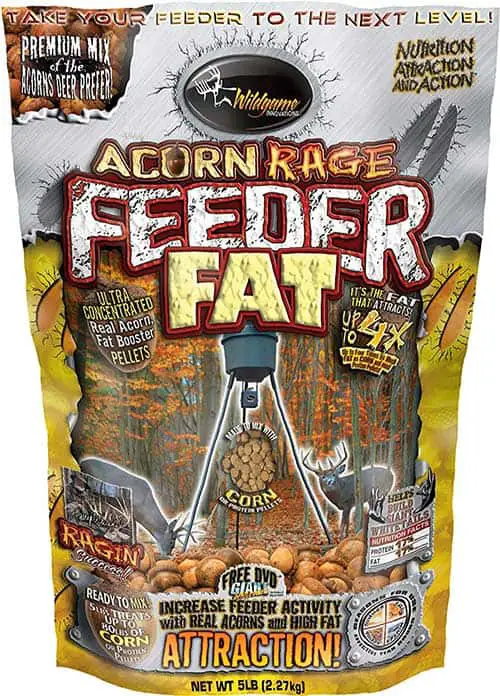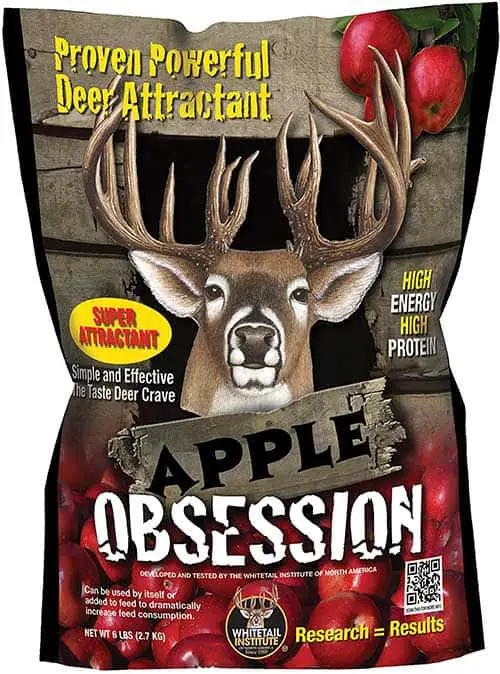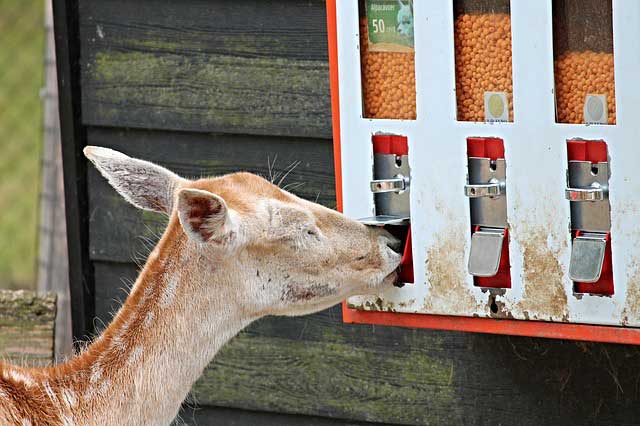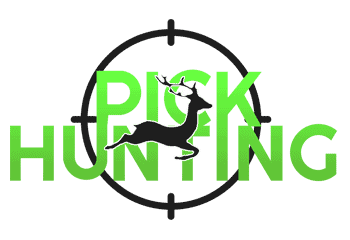How do deer survive in winter?
Whenever I spot this delicate creature in a wicked snowy area, it really surprises me. It would be nothing wrong if we call it one of the most adaptive mammals of the animal world. Only one thing to make this wildlife strive as well as survive in freezing cold temperatures is good food!
What do deer eat in winter? According to studies, 60 % of deer diet in winter consists of woody browse and 40 % of fat reserves, add residual acorns and beans still leftover in fields. Being ruminants, deer reduces its food intake in winter and rely mostly on fat reserves.
The deer population is widespread everywhere in the world from Australia to Canada and from Asia to Africa. Being a herbivore, it can eat more than a thousand species of plants. To survive well in winter it has to cover its body with a fat coat. For this reason, before winter arrival it has to eat too much to put on extra fat on its body.
Table of Contents
Top 3 Food sources in winter for deer
Being herbivores, it can eat more than 400 species of plants in North America only. With changing weather conditions about half of the food sources disappear. So, what food do deer eat in winter? Let’s check out easily accessible wintry food sources –
Hard woody browse: readily available food
About 60 percent of the deer diet consists of woody browse in winter. Almost all species of deer and subspecies of white-tailed are browsers. However, some of these woody browses for deer are less nutritious. At first, deer will start eating from fresh buds then twigs and at last to leaves. These woody browses are blessing especially in winter when other food sources runoff due to heavy snowfall. You may regard these like candy.
Bucks mostly look for carbohydrates and proteins right in winter. Especially deer in eastern regions of Canada and Northern parts of America intake these plants to satisfy deer nutritional requirements in winter.
Preferred browsing plants
Browsing preferences of deer vary with location. White-tailed browsing preferences in South Texas is an in-depth research study worth reading.
Such plants grow throughout the year yet in brutal freezing weather they can be consumed in more than one form For example deer may eat buds, dried leaves or sometimes branches. It may also intake its falloff dry leaves.
White Cedar
You may be thinking do deer eat white cedar? Just like the Christmas tree, leaves of this tree are elongated and scalelike.
In browsing areas, deer may not leave any cedar leaves withing reach. Some varieties of Cedar trees are ornamental but it will eat all types.
Pines
Deer will prefer white pine to other varieties of pine. The reason might be its five needle-like clusters. The bark of young trees is mostly smooth and dark green in color. And obviously this one is the deer preferred browse.
Red Maples
Deer will prefer a red maple to Sugar maple. Reddish round-shaped buds of Red Maple is nutritious deer food than brown pointed buds of Sugar maple
Sumac
It is a commonly known shrub in old fields of forests. Interesting point is that one of the varieties of sumac resembles the velvet of antlers but another variety is smooth bearing red fruit which is deer favorite food in winter.
Yellow Birch
Yellow birch is also known as Silver Birch or Swamp Birch. Its bark is brownish which resembles ironwood and twigs tastes like wintergreen.
Dogwoods and Viburnums
Red dogwood is very attractive to deer for its bright red twigs and opposite buds. However, Viburnum buds are not similar to dogwood. But those are what deer like to eat in winter.
Common Woody Browse
The second option is common woody browse for deer like elm, oak, hackberry, greenbrier, honeysuckle, grapevines. .All these contribute to more than one-half of the deer diet in the wild in winter season. plants with more browsing signs are highly preferred food options while plants with fewer signs indicate less preferred plants.
Residual Acorns
Fall of fruit from oak trees during the late season is acorns. Both white oaks and red oaks bear acorns as fruit. Deer favorite food in winter is white oak tree acorns because of sweetness in taste compared to those fall from red oaks. These are usually high in carbohydrates and fat components. However, the ratio of the protein components is considerably low in acorns. So, avoid this when to feed protein to whitetail deer.
In this snowfall, if you are planning to feed deer with acorn rage then order it and get at your doorstep.

Off-season fruit
Mostly adaptive species of deer in Europe and America adore late-season apple varieties. To reach the fruit, it will get the help of hind legs. Tender fruits like pear, plum, blackberries, and blueberries are also favorite fruit sources. The energy produced as a result of fruit intake is a digestible one and is not sufficient to store enough fat on the body.
Don’t worry, apples are there to feed your animal in this winter.

Dos and Don’ts of feeding deer in the winter
Feeding deer is a totally different concept from eating naturally. Sometimes hunters use different techniques to attract deer to their land through planting different food plots.
If you want an inexpensive way to feed deer in winter, always start from the sources which are available naturally. Cutting woody browse is the safest way to feed in winter.
Feeding too much hay, and corn may prove damaging to the digestive system of deer. Bacterias for breaking starch are not sufficient enough in the stomach of deer. Beware, it may cause even death to the animal.
Another thing is that supplemental food requires lots of measures. It is not safe to put deer on it spontaneously and leave it suddenly. So you have to be careful about feeding deer corn in winter.
Food plots for deer in winter
The latest trend of feeding wild animals through plotting specific food is extremely helpful to keep deer thriving and striving in brutal harsh weather. Recently, landowners have been working incorporation with the Deer Management Assistance program to produce high-quality food plots for late season.
Beans with turnip combination are nutritious to cope with harsh cold conditions. Pods on these bean sprout plots also provide browsers when dry up. Nutritional value is an important factor to determine which forage is benefiting the wildlife most in brutal weather conditions. Other common food plots are Cabbage, turnip, brassica, Soyabean, oat and rye plots. Whatever you are planning to grow, think about its nutritional value and prefer a combination of different vegetation.
Don’t you think that the food plot for deer in winter season is a handy system?

Frequently Asked Questions
What can I feed wild deer in the winter?
The best way is to feed deer naturally through woody browse. Just cut the part of the plant with twigs and branches and then feed it. Always be careful, it’s not safe to feed wild deer as they may behave aggressively.
What can I feed wild deer?
The first option should always be those plants that deer eat already as its stomach will be adaptive to it. .If you are planning to introduce some other things like a supplemental diet then don’t do it spontaneously. It may take time to adapt to ready-made food. Otherwise, feeding wild deer will go wrong.
What do deer like to eat the most?
Wild deer adore fruit and nuts like apples, pears, plums, berries, hickory nuts, pecans, and beechnuts acorns.
How much do deer eat in the winter?
Being a scavenger, deer would eat around 3 to 6 pounds each day in winter. However, this ratio may undergo a bit variation in heavy snowfall.
What food plots are best to grow in winter?
Before plotting it’s recommended to check your state laws. For winter, beans, turnips, cabbage, oat and rye plots are best. A combination of different vegetation is more beneficial than a single one.
Where Do deer go during the day?
Naturally, Deers are more active during the daytime. But they can also be active in the night time. It depends on either they are hungry or not. Obviously, this is a hot topic for the hunters. you can click the link below to know details about it.
https://pickhunting.com/where-do-deer-go-during-the-day/
What Do Deer Eat in The Winter Time: Video Tuts
Conclusion
Knowing, what do deer eat in winter is a must thing for anyone serious about deer hunting. Spotting white-tailed, especially in harsh weather, is only possible if you can locate its feeding areas. If you have enough knowledge about deer habitat in winter then it will be an easy task for you.
If you can’t plant any food plot then no need to get worried you can feed this majestic creature by cutting woody browse with some twigs or buds and fixing night camera devices nearby. But the good thing is always to follow the rules of hunting set in your state.
But if you are looking for hunting white-tailed deer then click here to know what do white tailed deer eat.
Hunting has nothing to do with the weather if you know your prey well. So what you need to do before hunting is to get extensive knowledge about your target prey. Read, read and read more about wildlife to get a clear picture of everything related to hunting! You can read also our baby deer guide.
